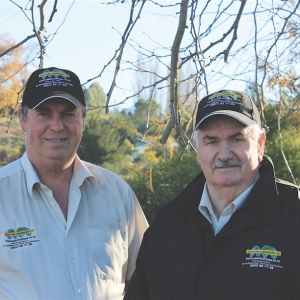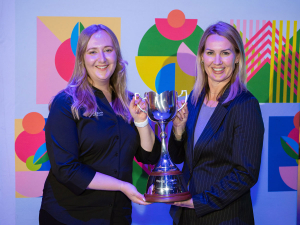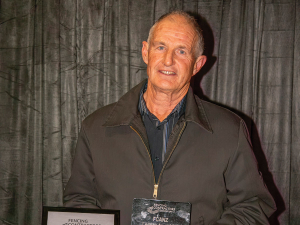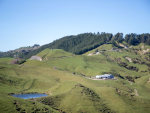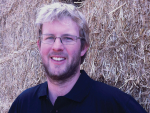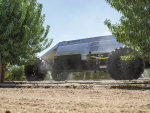In many cases the results will allow farmers to boost production while decreasing inputs and losses to the environment, notably nitrogen, explains Raymond Burr, a director of QPM Agritech, Waipawa.
“It’s new on the market but we’ve had quite a few farmers go ‘yep, this is what we’ve been after’,” says Burr.
Besides possible production and profit benefits, the programme will help farmers demonstrate their environmental footprint by calculating nitrogen loss from the animal.
“For the first time we can evaluate the outputs of cows grazing a pasture before they graze it,” explains Burr.
That allows not only an appreciation of the animal’s nutrition but presents an opportunity to adjust the farming system to capture nitrogen for production and reduce losses as urinary waste or increased milk urea nitrogen (MUN), he says.
Despite Dairy NZ’s attempts to play down the importance of MUN data, Burr says it’s useful because excessive milk urea nitrogen is a strong indication of excess crude protein in the diet, and it correlates strongly with nitrogen content in the urine.
QPM has recorded cows excreting over 600g of nitrogen a day in urine while others with a better protein to carbohydrate ratio in their diet are more productive while losing just 200g of nitrogen/day in urine.
Burr says nutrient budgeting model Overseer, which is increasingly being adopted by regional councils as a regulatory tool, doesn’t account for such differences.
“It’s impossible for Overseer to predict how much nitrogen a cow’s going to urinate because it uses a standard urine nitrogen content.”
A likely cause of excess crude protein in ruminant diets, ovine or bovine, is overuse of urea on pasture, Burr says, a point echoed by his QPM Agritech colleague Peter Lester.
“The cow’s not to blame: if you put garbage in, you’ll get garbage out.”
The solution is to balance soil nutrient status so grass protein to carbohydrate levels are better balanced. That will allow the cow to convert feed to energy more efficiently, producing more milk per unit of feed.
Lester argues dry matter production from pasture needn’t suffer if fertiliser nitrogen is removed, provided the natural nitrogen cycle of legumes fixing what the pasture needs is working well.
Burr stresses getting pasture and animals performing isn’t just about nitrogen either.
“There could be something quite minor that’s putting a handbrake on the whole system. The key is you’ve got to find it.”
That’s where QPM Agritech’s more detailed soil and herbage analysis comes in, he says.
“It’s all about testing for accuracy, not just testing for the sake of testing.”
QPM Agritech’s programme works for sheep and beef systems, as well as dairy. A patent application on the nitrogen utilisation calculation has been made for its use with cattle.
The firm will be demonstrating the programme at next week’s National Fieldays, Mystery Creek, on stand K39.

